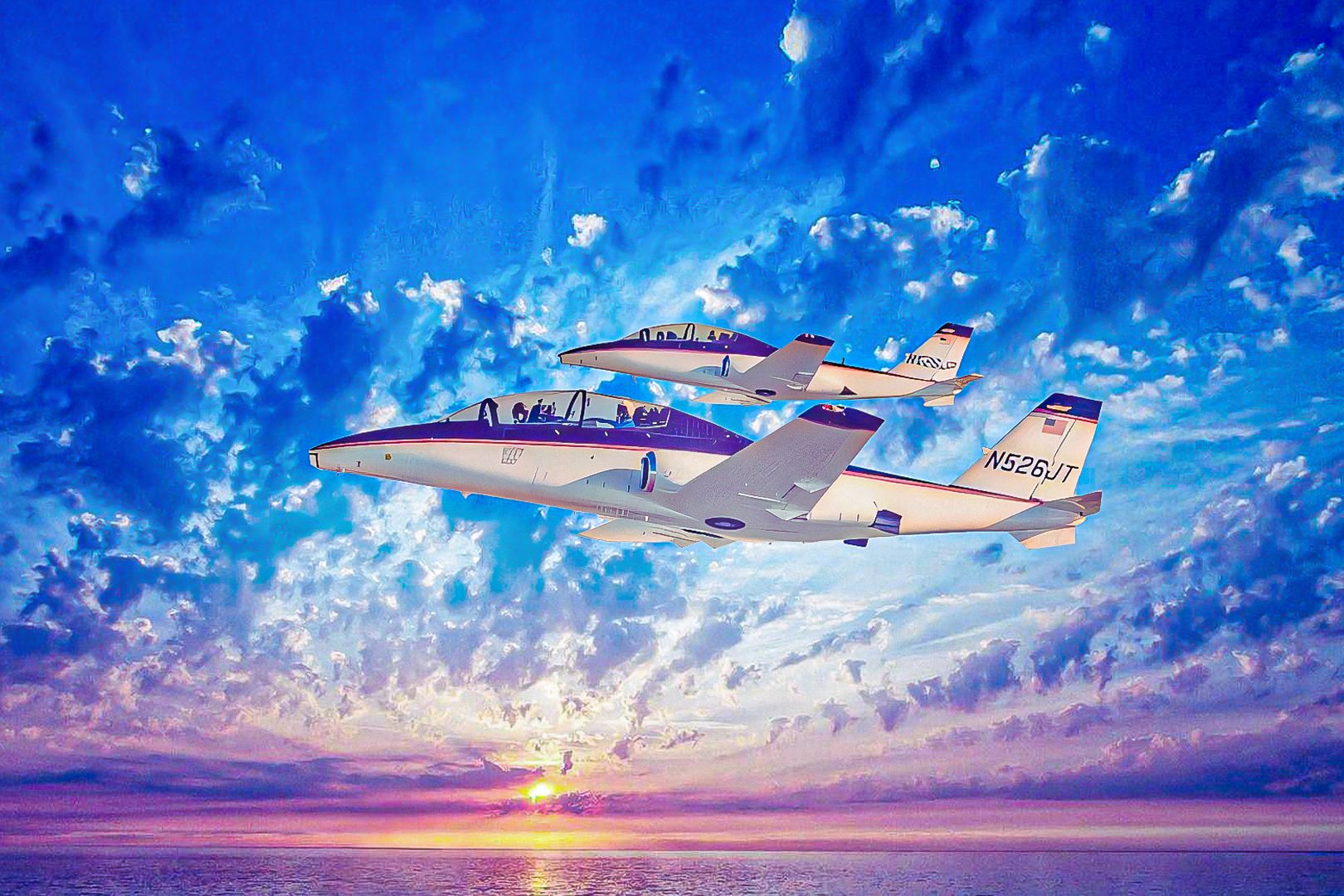Summary Cessna is a prominent general aviation & private aircraft manufacturer founded in 1927. Produced various popular turboprop & private jets, including the Caravan & Citation lines. Attempted to enter military trainer industry in 1990s with Cessna 526 CitationJet but did not win the JPATS contract.
Cessna is perhaps the world's most notable general aviation and private aviation aircraft manufacturer. The company was first founded in 1927 by Clyde Cessna in Enid, Oklahoma. The company was able to persevere through the Great Depression before catching stride in the military aviation industry during World War II.

It also found footing as a prominent aircraft manufacturer in the general aviation boom that occurred after the war ended. This has led to the development of some of the most popular aircraft in the world, including the Cessna 172 Skyhawk, the Cessna 182 Skylane, and the Cessna 206 Stationair. Cessna was founded in 1927.
Beyond the company's successful general aviation lines, Cessna is also responsible for producing some popular turboprop aircraft. This includes the Cessna Caravan and the more recently certified Cessna SkyCourier. Both of these were introduced as regional cargo carriers for FedEx, although their uses have expanded beyond that as turboprop utility aircraft.
Some of the versatile aircraft's uses include passenger transport and medical evac, and some operators even utilize the Cessna Caravan as a float plane after installing floats instead of landing gear. Furthermore, Cessna is responsible for the creation of the legendary Cessna Citation line of business jets. This series of aircraft has grown to include some of the most-flown private jets in the world.
This line of aircraft began with the Citation I in the late 1960s. Since then, it has grown to include popular aircraft including: The CitaitonJet series The Citation Mustang The Citation Excel series The Cessna Latitude The Cessna Longitude However, beyond the aircraft that Cessna produced during World War II, the company has not been known as a large military aircraft supplier. The company supplies various governments and militaries with some variants of its turboprop or jet-powered aircraft, although it has not built a military-designated aircraft in recent years.
However, in the early 1990s, Cessna, owned by General Dynamics Corporation at the time, attempted to enter the military trainer industry. Let's take a closer look at the aircraft that Cessna proposed to both the United States Air Force and the US Navy in the 1990s, which was known as the Cessna 525 CitationJet. Background for the Cessna 526 CitationJet In the late 1980s, both the US Navy and the US Air Force reached similar conclusions while evaluating their fleets.
Both military segments realized that their trainer aircraft, which were used to train pilots prior to taking over fighter jets and tanker aircraft, were severely outdated. This led to the US government creating the aircraft procurement program known as the Joint Primary Aircraft Training System (JPATS). Even though both the US Navy and the US Air Force simultaneously agreed to the project, each segment preferred different trainers.
For example, the US Air Force preferred a side-by-side configuration, while the US Navy preferred a tandem configuration due to the nature of the fleet's existing aircraft. However, eventually, both sides agreed to submit the proposal for a tandem-configured aircraft. The new JPATS training program invited several aircraft manufacturers and military contractors to submit proposals.
Some of the companies that responded to the proposal include Northrop, Grumman , Rockwell, Beechcraft, Lockheed , and Cessna. However, these submittals would change prior to the end of the selection process. Cessna decided to enter the competition due to its vast experience with jet aircraft.
This led to the development of the Cessna 526 CitationJet project. Design features of the Cessna 526 CitationJet Cessna initially responded with a proposal for a clean-sheet aircraft. However, this aircraft was loosely based on the design of its popular private jet called the CitationJet (CJ).
Overall, the Cessna 526 shared about 75% commonality with the Cessna CJ. This includes the type of engines, the wings, and the landing gear. However, Cessna completely redesigned the fuselage to fit a tandem cockpit.
The company also redesigned the tail and empennage, and instead of the T-tail that is utilized on the Cessna CJ , Cessna implemented a low-mounted conventional tail. Overall, this aircraft has the following performance specifications: Length 40 feet eight inches Height 12 feet six inches Wingspan 37 feet Gross weight 8,500 pounds Maximum speed 270 knots (311 miles per hour) Range 1,051 nautical miles (1,209 miles) Service ceiling 35,000 feet Cessna spent much of the early 1990s developing this aircraft. It completed the first prototype in 1993, and that aircraft conducted its maiden flight on December 20, 1993.
The company's second Cessna 526 CitationJet prototype flew for the first time on March 2, 1994. These were the only two aircraft ever built and were submitted to the JPATS project proposal. A look at the JPATS-winning aircraft The JPATS proposal selection process began in May 1994.
Overall, the US Air Force and the US Navy evaluated seven different aircraft over a 14-month period to make their selection. Finally, in June 1995, the JPATS contract was awarded to Beechcraft for its modified Pilatus PC-9 Mk 2 aircraft. The contract award announcement was heavily scrutinized by many manufacturers, as the Beechcraft aircraft was a turboprop-powered aircraft, and the JPATS contract specifically called for a jet-powered aircraft.
However, Beechcraft accepted the contract and signed for an initial nine-year period of production. Eventually, Beechcraft spun its modified PC-9 Mk 2 aircraft into the successful T-6 Texan II. This aircraft is still being produced today for various governments and organizations, and it is still used as a trainer aircraft by several air forces around the world.
.



















